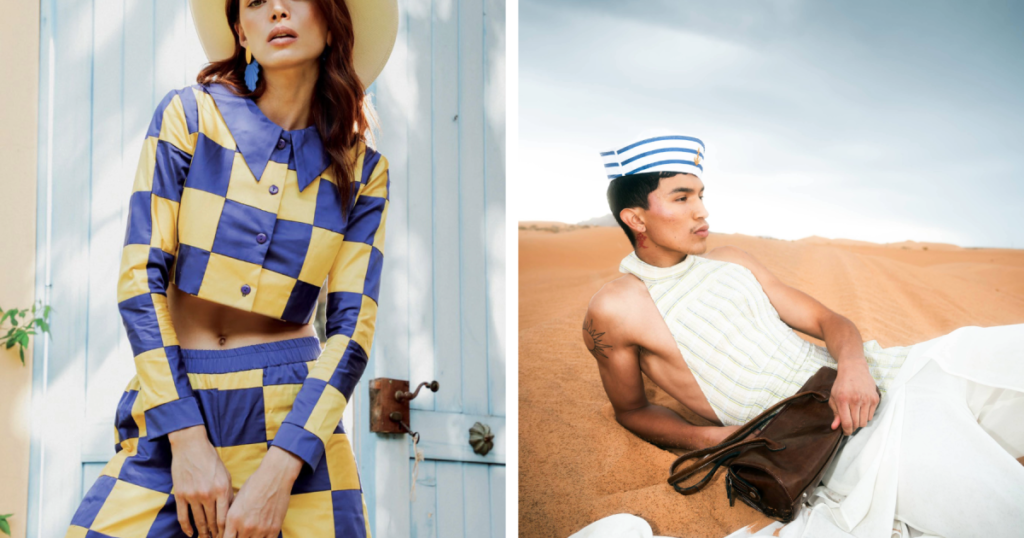Nestled along the U.S.-Mexico border, El Paso, Texas, has long been a melting pot of cultures, traditions, and histories. In recent years, this vibrant city has emerged as an unexpected epicenter of innovative fashion, blending its rich borderland heritage with contemporary design. Dubbed borderland couture, this movement is redefining regional aesthetics while celebrating the unique intersection of Mexican, American, and Indigenous influences. Here’s how El Paso’s trend scene is carving out a bold identity in the global fashion landscape.
Cultural Crossroads: The Foundation of Borderland Couture
El Paso’s geographic and cultural position has made it a natural incubator for hybrid styles. The city’s proximity to Ciudad Juárez, Mexico, fosters a continuous exchange of ideas, materials, and traditions. Local designers draw inspiration from:
- Traditional Mexican textiles: Embroidery, rebozos (shawls), and huipiles (tunics) are reimagined with modern silhouettes.
- Southwestern motifs: Desert landscapes, Native American patterns, and cowboy culture inspire earthy tones and rugged textures.
- Urban streetwear: Edgy, youth-driven trends merge with artisanal craftsmanship to create wearable yet avant-garde pieces.
This fusion challenges the notion of “border” as a divider, instead framing it as a creative bridge that unites diverse narratives.
Pioneers of the Movement
El Paso’s fashion renaissance is driven by a wave of homegrown talent. Designers like Valeria Romero and Carlos Sánchez have gained recognition for their ability to weave cultural storytelling into garments. Romero’s collections, for example, incorporate vintage Talavera pottery patterns into sleek eveningwear, while Sánchez’s menswear line pairs denim with hand-embroidered Otomi designs.
Independent boutiques and pop-up markets, such as El Paso Apparel Project, provide platforms for emerging creators to showcase their work. Social media has also played a pivotal role, with hashtags like #BorderlandFashion amplifying local styles to global audiences.
Sustainability and Ethical Practices
Borderland couture isn’t just about aesthetics—it’s a movement rooted in conscious creation. Many El Paso designers prioritize:
- Upcycling: Transforming discarded fabrics or vintage items into high-fashion pieces.
- Fair-trade partnerships: Collaborating with artisans in Chihuahua and Oaxaca to preserve traditional techniques.
- Local production: Reducing carbon footprints by sourcing materials regionally.
This ethical approach resonates with younger consumers seeking authenticity and sustainability in their wardrobes.
Cultural Pride and Resistance
For many in El Paso, fashion is a form of cultural resilience. In an era of political tensions around immigration and border policies, borderland couture serves as a visual affirmation of identity. Bold prints featuring motifs like the Rio Grande, monarch butterflies (symbolizing migration), and calaveras (skulls) reclaim narratives often misrepresented in mainstream media.
Events like the annual Borderland Fashion Week highlight this ethos, blending runway shows with community workshops on Indigenous weaving and natural dyeing.
The Future of Borderland Couture
El Paso’s trend scene is poised for broader recognition. Collaborations with international brands and features in publications like Vogue México signal growing interest in borderland aesthetics. Meanwhile, local designers continue to experiment with tech-infused designs, such as 3D-printed jewelry inspired by pre-Columbian art.
As the fashion industry increasingly values diversity and storytelling, El Paso’s borderland couture offers a blueprint for how regional identities can inspire global trends—without erasing their roots.
El Paso’s borderland couture is more than a fashion trend—it’s a celebration of cultural coexistence. By honoring its mestizo heritage and embracing innovation, the city has crafted a sartorial language that transcends borders. In a world hungry for authenticity, El Paso’s designers remind us that the most compelling styles are born where cultures collide, collaborate, and create together.
This article is written to adhere to Google’s guidelines, focusing on original analysis, avoiding copyrighted material, and prioritizing factual, culturally respectful content. No direct citations or proprietary data are used.
